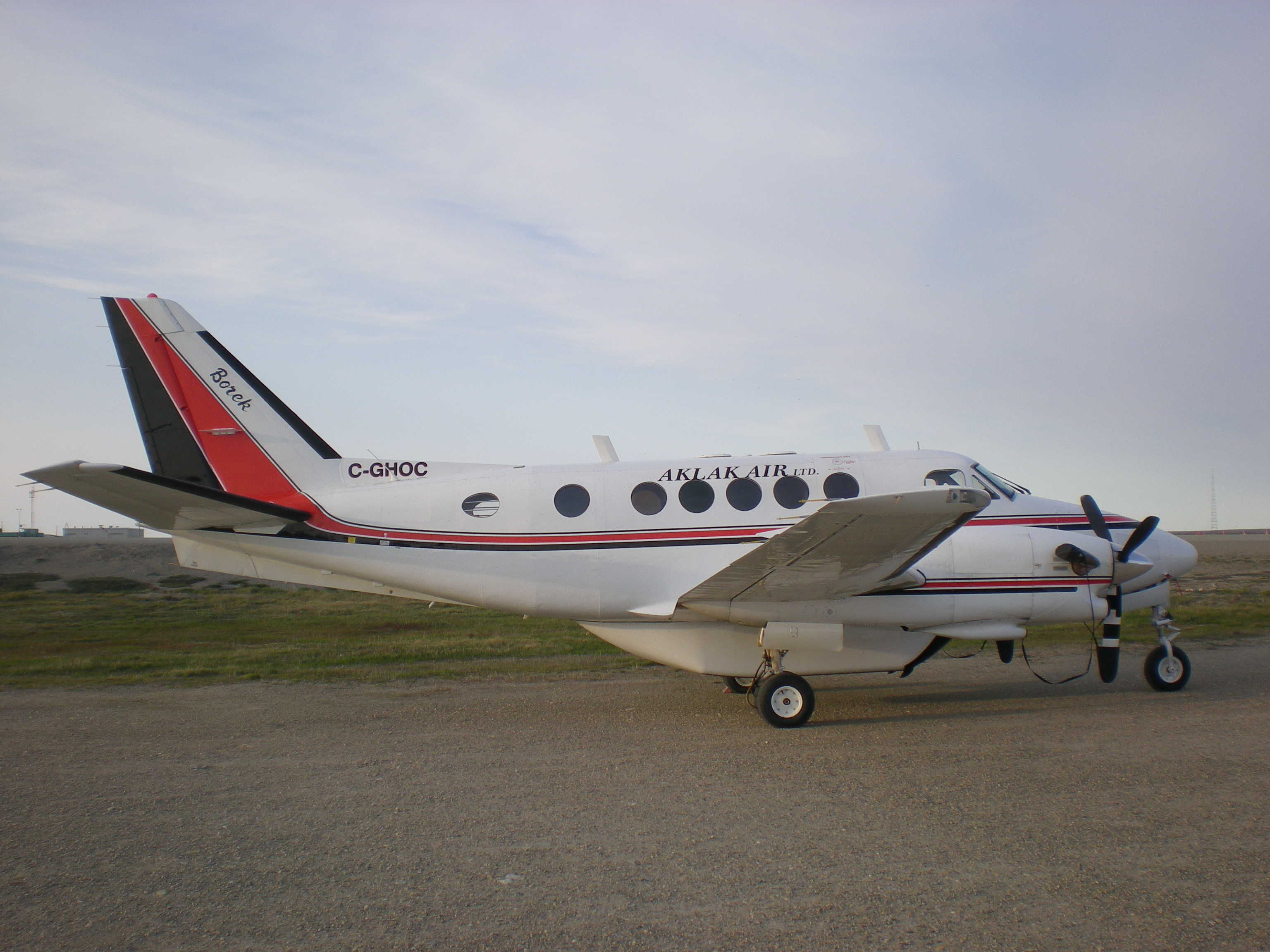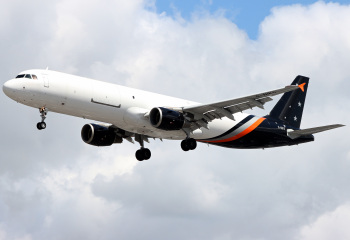The Fairchild A-10 Thunderbolt II, commonly known as the “Warthog”, is a single-seat, twin-engine, straight-wing jet fighter that was developed by Fairchild-Republic in the 1970s. It was designed to provide close air support (CAS) for ground forces by attacking tanks, armored vehicles, and other ground targets.
The A-10 was the first aircraft to be designed specifically for CAS missions. It was developed in response to a need for a dedicated ground-attack aircraft after the Vietnam War. Fairchild-Republic saw an opportunity to meet this need with their new design and saw the A-10 as a way to showcase their expertise in aircraft design. The A-10 was designed to be highly maneuverable, able to take off and land on short runways, and be heavily armored to protect it from enemy fire.
The A-10 has become one of the most common aircraft in the US Air Force, with over 700 of them in service. In addition, the US Navy and Marine Corps have also purchased a number of the aircraft. It is one of the most successful CAS aircraft in the world, with its versatility and effectiveness in the battlefield having earned it the nickname “the Tank Killer”.
The A-10 is also known for its innovative design. It was the first aircraft to feature a titanium “bathtub”, which encased the pilot and protected him from ground fire. Additionally, its engines are designed to allow it to fly at low speeds and still maintain its maneuverability, making it more effective in close combat situations.
Despite its successes, the A-10 has had its share of safety issues. In the mid-1980s, several of the aircraft were destroyed or damaged due to engine failures. In addition, the use of titanium in the aircraft’s construction has caused corrosion issues, leading to the need for frequent maintenance and inspections.
Despite these issues, the Fairchild A-10 Thunderbolt II remains one of the most successful and widely used CAS aircraft in the world. Its unique design, innovative technologies, and ability to perform in close air support missions have made it a favorite among ground forces and a vital tool in the US military’s arsenal.




Comments